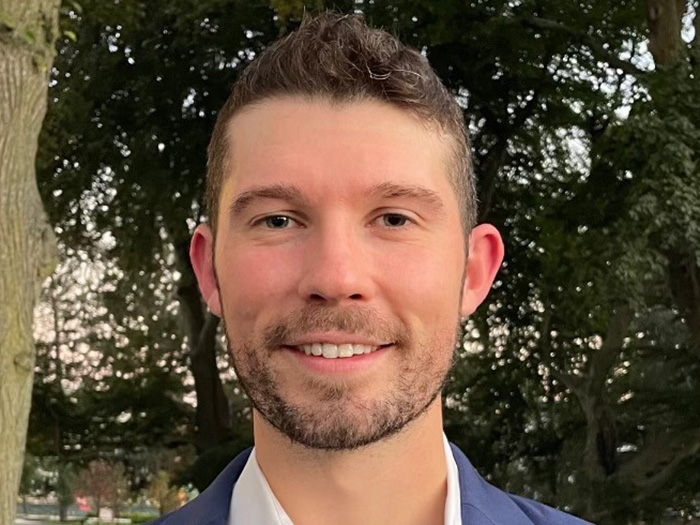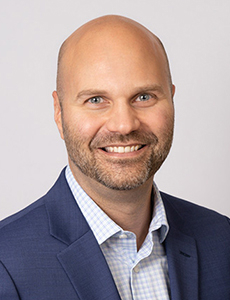Workers’ Comp Power Broker Patrick Tyler Shares Insight on Construction Industry Needs During a Pandemic

One of the knock-on effects of the pandemic is the way that it accelerated many trends that were just taking hold in workers’ comp, like telehealth and a greater emphasis on mental health and worker wellbeing.
Brokers have had to pivot and adapt quickly in order to bring clients the right solutions at the right time. Patrick Tyler, advisor, Mason AHT – a Baldwin Risk Partner, is among six brokers honored as 2022 Workers’ Compensation Power Brokers for their achievements guiding clients through the new landscape.
Risk & Insurance® spoke with Tyler about his journey through the industry and how the pandemic has affected workers’ compensation claims.
Risk & Insurance: What led you to a career as a broker? How did you come to the role you’re in today?
Patrick Tyler: I knew the insurance industry wasn’t as boring as I once thought it was because I interned with an insurance company heading into my final MBA year at my alma mater.
A couple years later I was recruited on LinkedIn by a few different insurance brokers and made my decision to officially join the brokerage side of insurance.
After roughly five years there learning the nuts and bolts of the industry by helping small businesses then working my way up to advising middle market firms, I was fortunate enough to again, be contacted on LinkedIn by the recruiter for my current firm, Baldwin Risk Partners (BRP).
R&I: What has been a highlight of your career as a broker?
PT: Working with a client to help them understand that there’s more than purchasing a guaranteed cost insurance policy. The alternative risk financing option we helped them select was a self insurance group which, after two years, will not only cut their workers’ compensation premium by roughly 30% from a dividend, but will also provide a TPA with nurse case managers on staff to ensure the claim is being handled properly and their employees can return to work in any capacity, as soon as possible.
Because these open claims and reserves are now monitored closer, their Experience Modification factor or E-Mod will go down, saving them even more money on their work comp spend now and in the future.
Skilled labor is very hard to come by in today’s market, so I loved when this client was pleased with how the service they received from the TPA had gone so far because it helped them retain key employees and survive the beginning of the pandemic. A great feeling for me as a broker!
R&I: What would you say is the primary thing clients are looking for when they come to you?
PT: I believe they’re looking for a broker who understands their business, is responsive, pays attention to the details, and will give them options on how to best improve their insurance and risk management program.
R&I: What unique workers’ comp needs does the construction industry face?
PT: When speaking to clients, I always ask what’s the most difficult challenge they face today, and 9/10 say finding skilled labor.
What this means is that there’s a higher chance of more inexperienced employees joining these companies which can lead to more claims.
Proper training is always strongly emphasized for new employees in the construction industry, but with a housing shortage and more work than there are people available to do the work, it brings a higher likelihood of claims among newer, inexperienced employees.
The need is truly a larger pool of qualified employees construction firms can choose from.
R&I: How have the needs of the construction sector changed since the pandemic began?
PT: Because of how extremely high material costs are for many contractors, they’re looking to cut costs elsewhere.
One of those areas is preparing for potential, and possibly inevitable future project issues due to the pandemic, by adding or adjusting contractual risk transfer clauses like their contracts’ material escalation clause.
Another need and way to cut costs is to explore alternative options of financing their insurance costs through an example I mentioned above, a self insurance group, or a captive.
Lastly, in construction conferences I’ve attended since the pandemic began, many owners are seeing the need to enhance their employee retention strategies because of the competitive labor market.
Yes, construction is different because not nearly as many employees can work from home like other industries, but construction employees are still moving to competitors more frequently since the pandemic began. &










